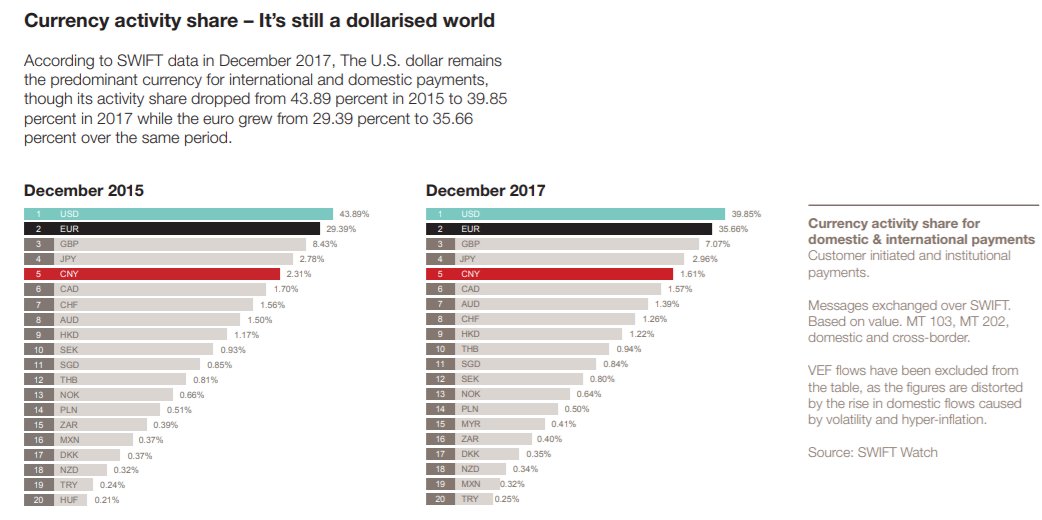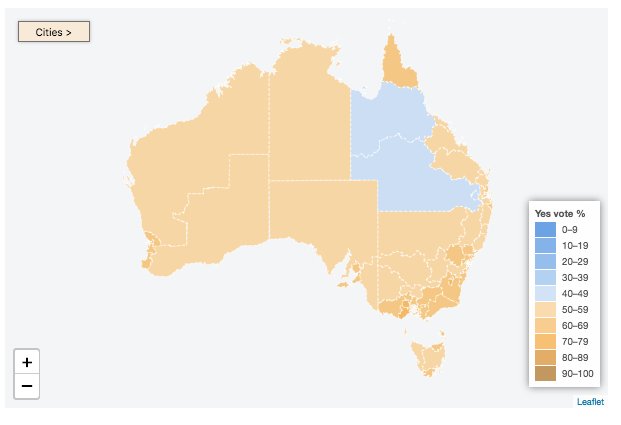⚪ pink line=positives for 2019, other colours=other years
🤧+3,143 over last *2* days
🤧283,742 cases for 2019


🤧Difference in totals, between reporting days, #Australia
🤧decline in positives slowly continues from mid-July peak
⚪ graph is a guide only. Each total may include NNDSS numbers that were added to previous as well as current days

🤧 South Australia's (SA) early surge retains it the jurisdiction with the highest rate of cases per 100,000 population, but NSW closing in

🤧 Very young have highest numbers *&* highest proportion testing positive
🤧 Older age groups aren't testing positive as often (cf to very young), but of those presenting with flu-like illness, a high proportion are #Flu positive

🤧respiratory presentations to EDs expected for this period & ⬇
🤧of those typed, mostly A (62%) and A/H3N2 the most common (79% of A)
🤧 38% FluB
🤧 235 (+19) lab-confirmed deaths
😷Source: health.nsw.gov.au/infectious/inf…




Source: ww2.health.wa.gov.au/Reports-and-pu…

Source: dhhs.tas.gov.au/publichealth/c…

🤧 8 new residential aged care outbreaks in the past week (and previous years numbers tweaked)
Source: www2.health.vic.gov.au/about/publicat…


🤧 latest fortnightly national #flu report with data to 08SEPT2019
🤧 Source: www1.health.gov.au/internet/main/…
🤧 low clinical severity; low-moderate impact
🤧 national activity consistent with post-peak pattern & ⬇
🤧 ⬇ in New South Wales, Queensland, Aust Capital Territory, Tasmania, Western Australia, Northern Territory
🤧↔️ in Victoria
🤧 ⬆️ in South Australia
😷 long legs on some of these concurrent epidemics we call
"flu season" in Aus

⚪️ 643 due to FluA (28 A/H1N1 (+1..of those subtyped), 107 A/H3N2 (+4), 19 FluB (+3)
⚪️ median age of deaths 86 years (range <1-105 years)
⚪️ 607/628 (96.7%) A/H1N1 wild viruses were a good match
⚪️ 117/151 (77.5%) B/Victoria & (?)1/26 (96.2%) B/Yamagata wild viruses were a good match
🤒 interesting double peak among the 5-19 years-of-age group
⚪ only group still not decreasing in (+) numbers





























